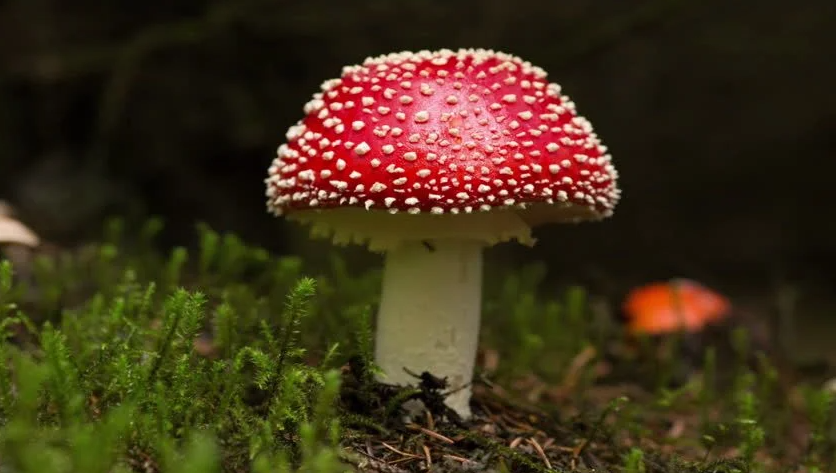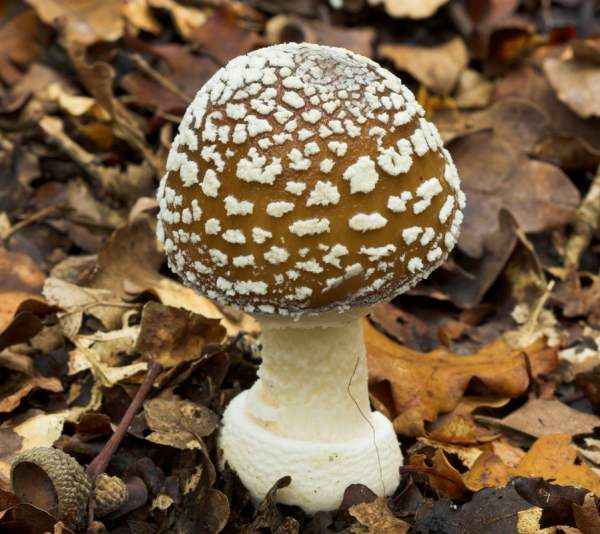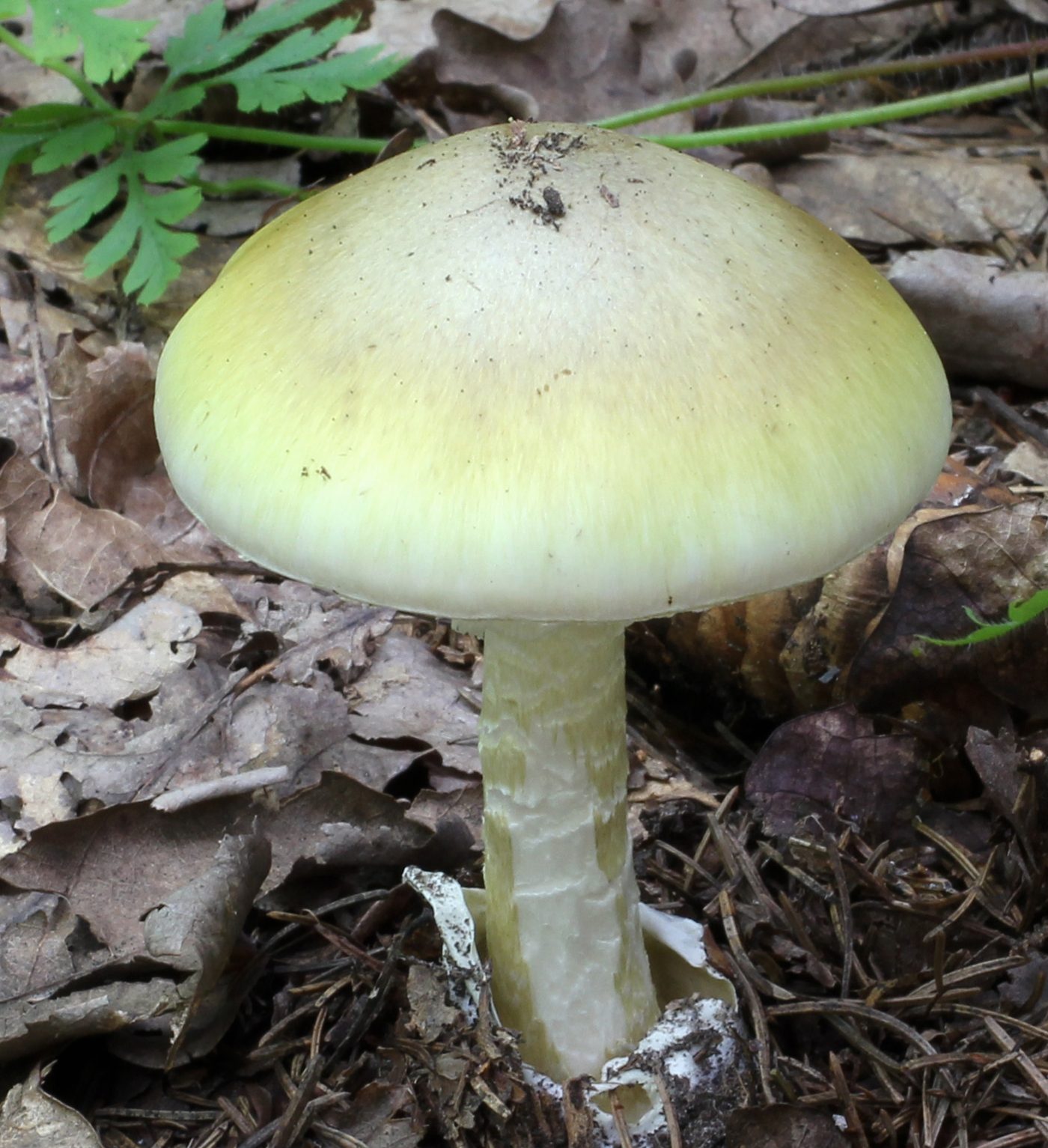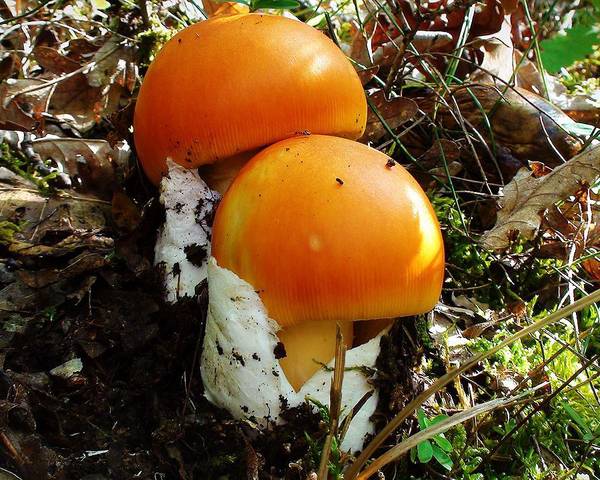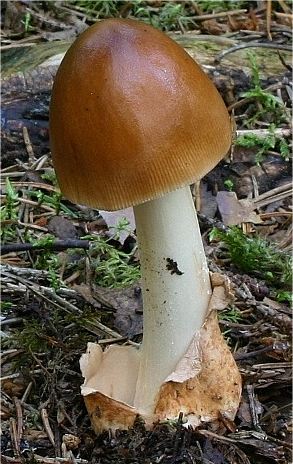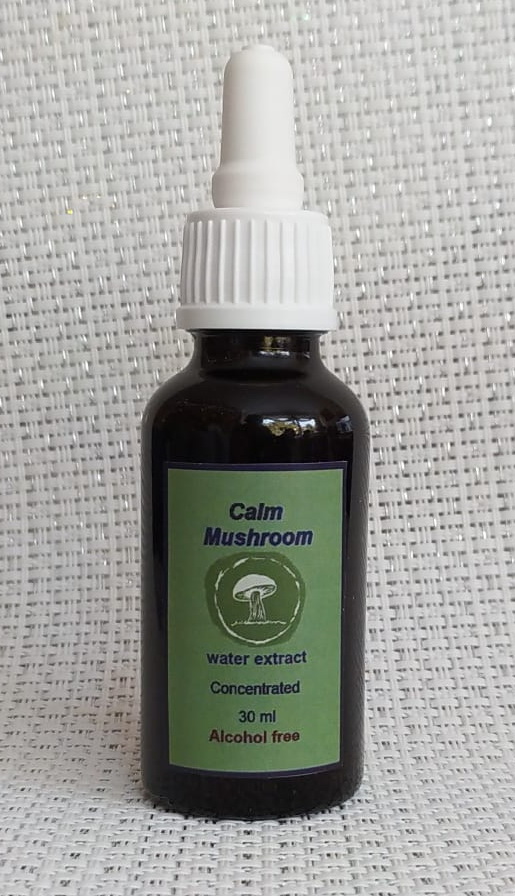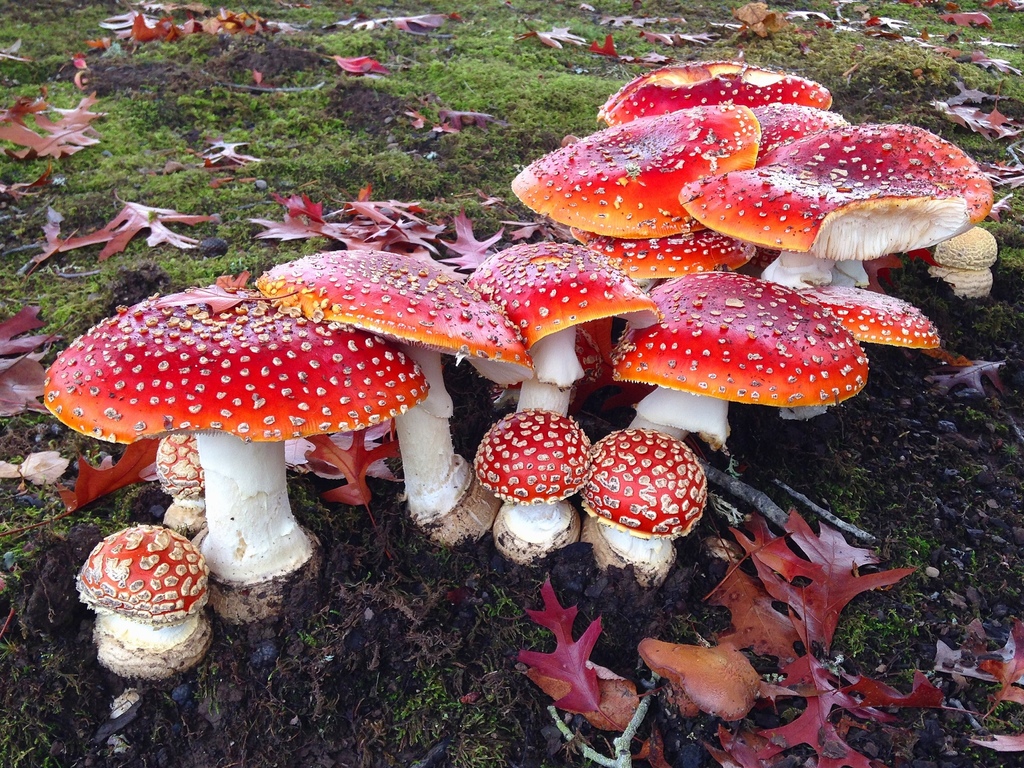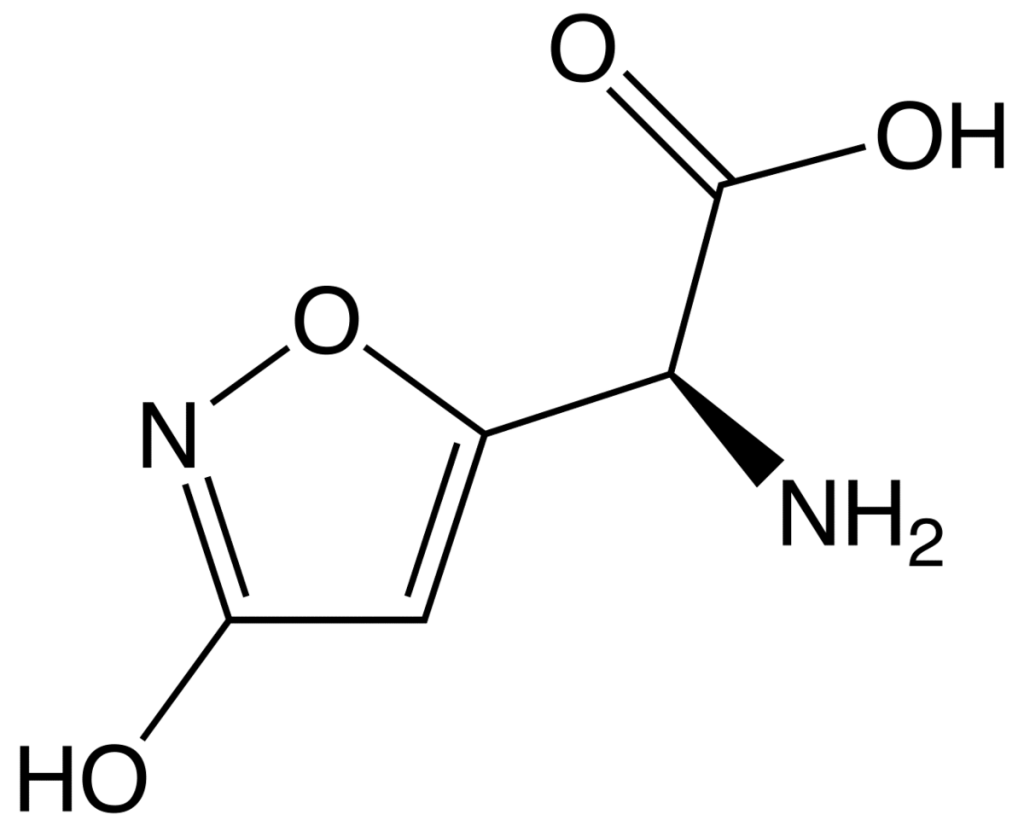Amanita muscaria, also known as the fly agaric mushroom, is a distinctive and easily recognizable mushroom that is found in a variety of habitats around the world. It is most commonly found in the temperate regions of the Northern Hemisphere, including Europe, North America, and Asia. In these regions, Amanita muscaria is found in a variety of habitats, including coniferous and deciduous forests, and is often found growing near the base of trees.
In addition to the temperate regions of the Northern Hemisphere, Amanita muscaria is also found in some tropical and subtropical regions of the world, including South America, Africa, and Australia. In these regions, the mushroom is found in a variety of habitats, including rainforests, grasslands, and savannas.
If you are interested in harvesting Amanita muscaria, there are a few important things to consider.
First and foremost, it is important to be able to accurately identify Amanita muscaria. This mushroom has a distinctive appearance, with a bright red cap covered in white spots. However, it can be easily confused with other, potentially poisonous mushrooms, so it is important to be able to accurately distinguish Amanita muscaria from other species.
When harvesting Amanita muscaria, it is important to be mindful of the environment in which you are collecting the mushrooms. This mushroom is often found in wooded areas, and can be found growing on the ground, near the base of trees. It is important to respect the ecosystem in which you are collecting the mushrooms, and to take only what you need, leaving plenty of mushrooms for other animals and plants to use.
Amanita muscaria mushrooms are typically found growing in wooded areas, and are often found near the base of trees. They can be found in a variety of habitats, including coniferous and deciduous forests, and can be found in both temperate and cold climates.
It is important to note that the distribution of Amanita muscaria can vary significantly depending on the specific location and climate. In some areas, Amanita muscaria may be found in abundance, while in others it may be rare or absent altogether. If you are interested in finding Amanita muscaria mushrooms, it is a good idea to research the specific conditions in which they are most likely to grow in your area.
To maximize your chances of finding Amanita muscaria mushrooms, it is a good idea to look for them in areas where they are known to grow, such as in wooded areas with coniferous trees. It is also a good idea to keep an eye out for other signs of the mushroom, such as flies and other insects that are attracted to the mushroom’s sweet smell.
In terms of timing, it is generally best to look for Amanita muscaria mushrooms in the late summer and early fall, when the weather is cooler and the mushrooms are most likely to be visible. However, it is important to keep in mind that the timing of mushroom growth can vary significantly depending on the location and climate, so it is always a good idea to do some research and to keep an eye out for the specific conditions in which Amanita muscaria mushrooms are most likely to grow.

